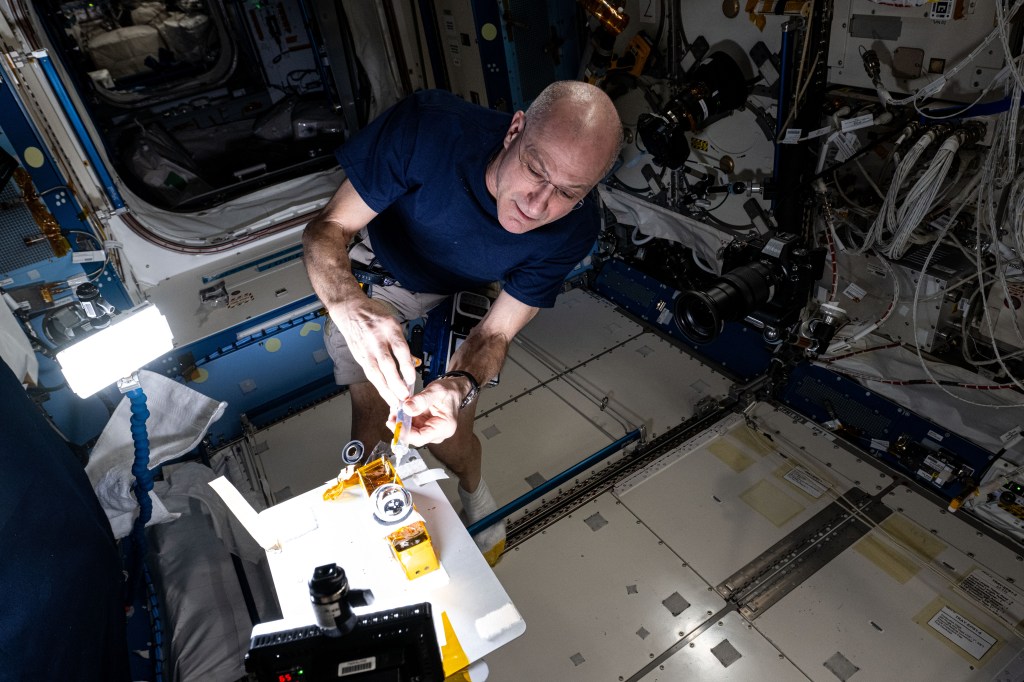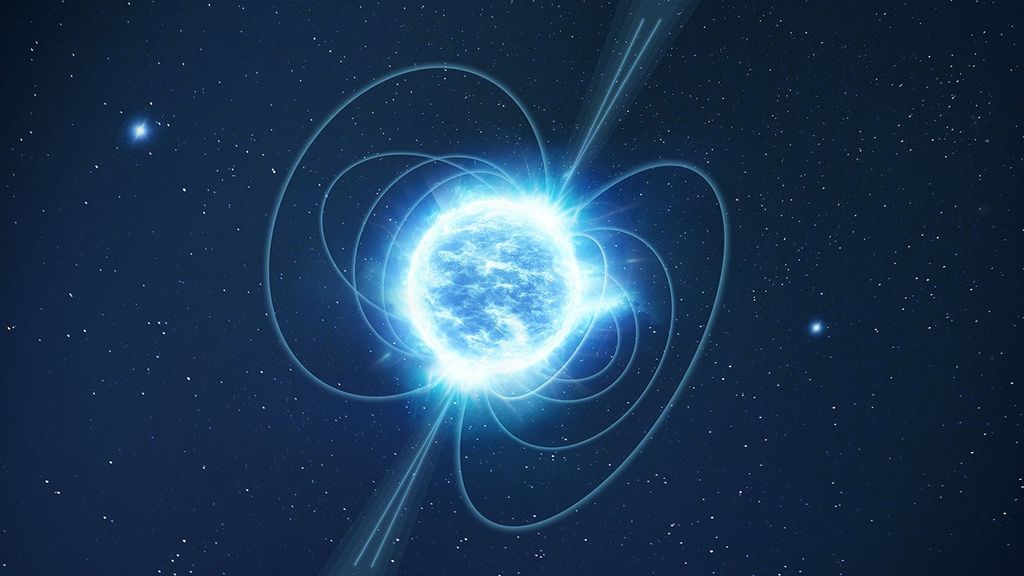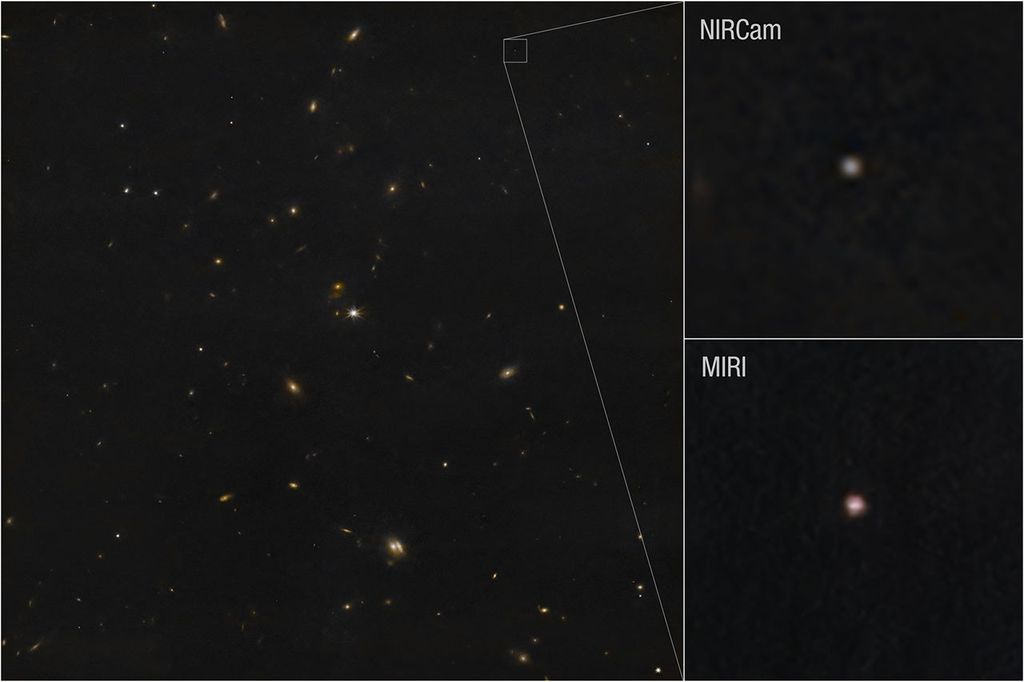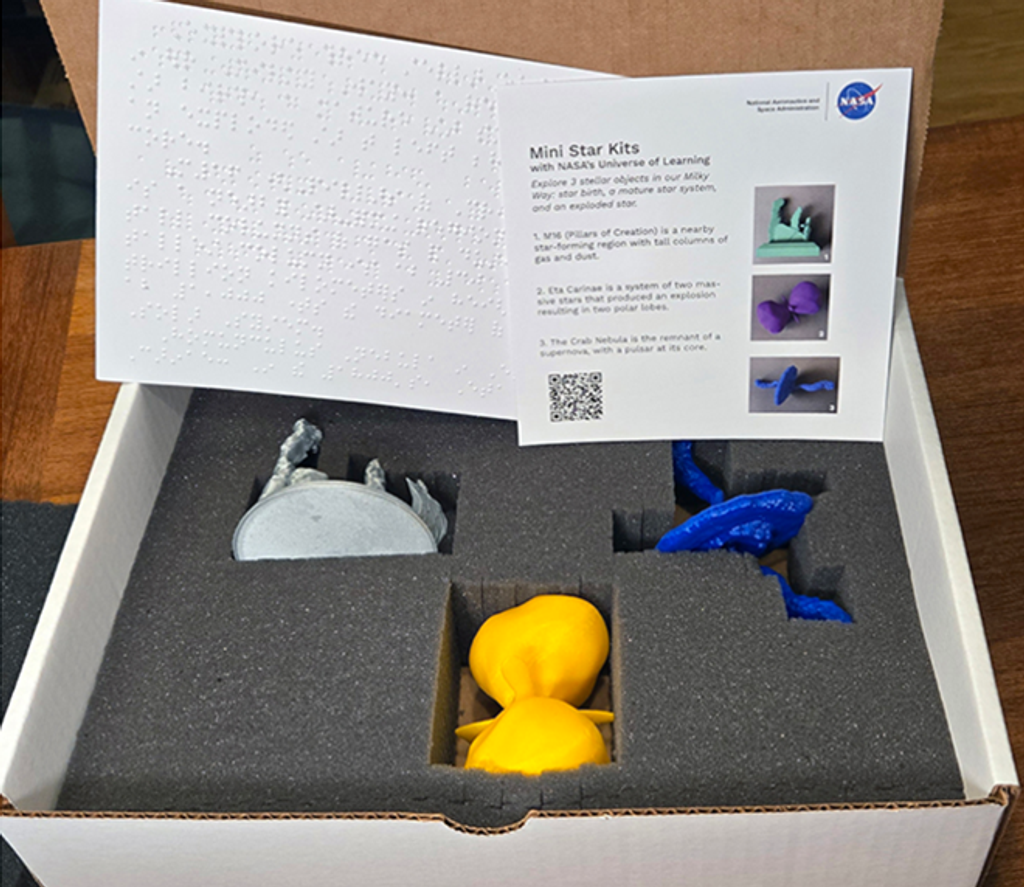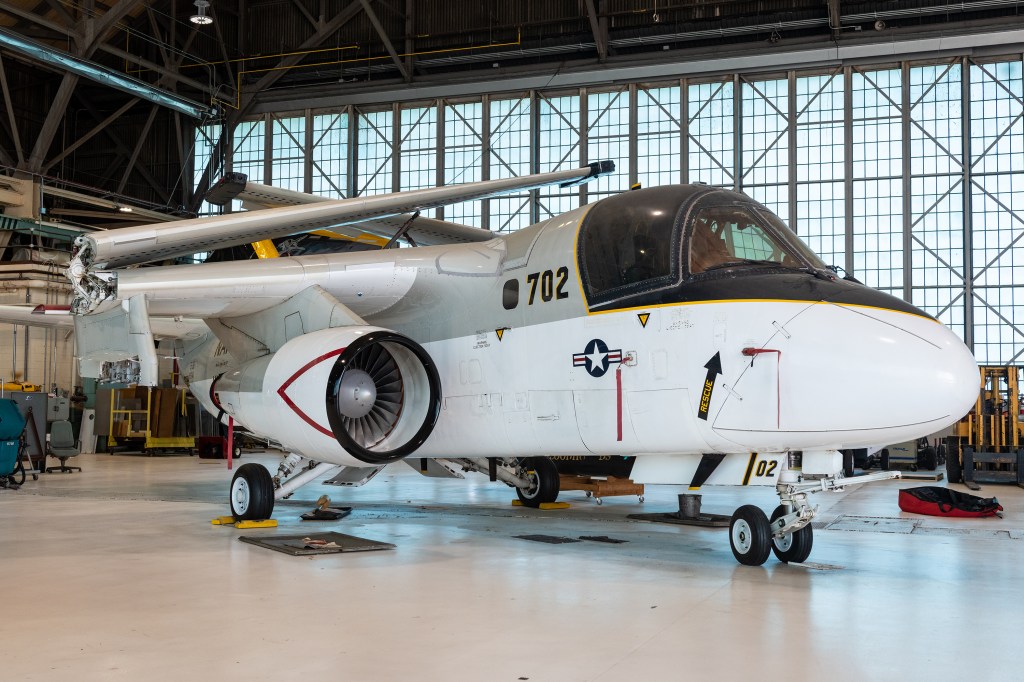Since ancient times, comets have fascinated sky-watchers, who often considered them divine omens. A Chinese historian recorded an apparition of Comet Halley as far back as 240 BC, describing it as a “broom star.” The Babylonians and Romans also referenced the comet’s appearance, but perhaps its most famous depiction is in the Bayeux Tapestry, which commemorates the Norman Conquest of England in 1066. The tapestry shows King Harold and a crowd of fearful Englishmen pointing to Comet Halley as it looms in the sky.
We now know that comets — which are clumps of rock, dirt, dust, and ice in space — are not harbingers of doom, but there is still much we don’t know about them. Because comets have changed very little in the solar system’s 4.6-billion-year history, they are among the most primitive bodies scientists can study.

Shortly after its launch in 2021, NASA’s James Webb Space Telescope will observe three different types of comets in infrared light, which is invisible to human eyes. By learning more about comets, scientists can gain new insights into what the solar system was like billions of years ago.
Webb, A Powerful Tool
These three comet studies will be conducted through Webb’s Guaranteed Time Observations (GTO) program of the solar system led by Heidi Hammel, a planetary scientist who was selected by NASA as a Webb Interdisciplinary Scientist in 2002. She is also executive vice president of the Association of Universities for Research in Astronomy (AURA) in Washington, D.C. Hammel’s program will demonstrate Webb’s capabilities for tracking moving targets and looking at bright objects in the solar system.
“We want to study comets with Webb because of the telescope’s very powerful capabilities in the near- and mid-infrared,” Hammel says. “What makes those wavelengths of light particularly powerful for cometary studies is that they allow us to study the chemical makeup of this dust and gas that’s come off of the comet’s nucleus and figure out what it is.”
Molecules of gas and dust emit and absorb infrared wavelengths of light, so by analyzing this light, Webb can determine which chemicals are present.
“If this is primitive material, it will give us some clues to the makeup of the early solar system,” Hammel says.
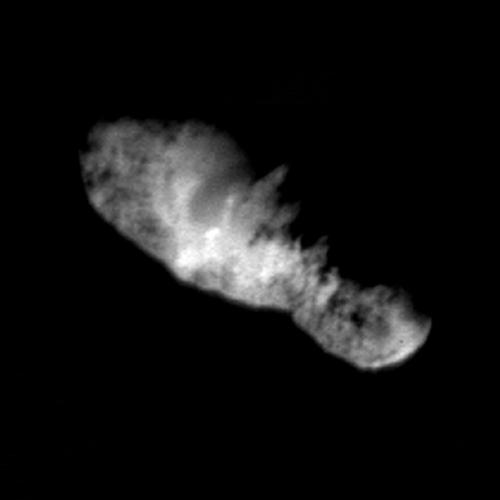
Comparing Different Comet Families
When comets venture close to the Sun, some of their ice turns into vapor. This vapor forms an envelope, or coma, of gases and dust around the central body, or nucleus. The Sun’s solar wind and radiation pressure from sunlight stream this coma away from the nucleus, creating comet tails. The word “comet” comes from the Greek “kome,” which means “hair.” In ancient times, comets were thought to be stars with hair streaming off them.
Scientists using time from Hammel’s program plan to map the inner comae of three different types of comets, one of which has not yet been discovered:
- A Jupiter Family Comet (proposed target: Comet Borrelly): With an orbit strongly affected by the gravity of the giant planet Jupiter, Comet Borrelly is classified as a Jupiter-family comet. A science team led by Michael Kelley of the University of Maryland plans to study how the relatively bright comet’s gases and dust escape the nucleus, and what happens to them after they leave. The team will map individual types of gas and study the composition of the comet’s dust, which will help them understand how a comet works.
- A Main-Belt Comet (proposed target: Comet Read): The second target to be studied, Comet Read, is fainter and smaller than Borrelly. It is a Main-Belt comet, meaning it orbits within the asteroid belt, even though it acts like a comet for part of its orbit. Kelley and his team will try to detect the gas—and particularly water—around this comet. This has never been done for a Main-Belt comet; until now, scientists have only been able to detect their dust.
- A Target-of-Opportunity Comet: In a study led by Stefanie Milam of NASA’s Goddard Space Flight Center, scientists will investigate a target comet that is not yet known, but is expected to be discovered shortly after Webb’s launch. This third type of comet might come from the Oort Cloud, a spherical cloud surrounding our solar system very far from the planets. The outer Oort Cloud is only loosely bound to the solar system, and it is subject to gravitational forces that occasionally dislodge comets from within the cloud and send them toward the inner solar system. Alternatively, this opportunistic comet might be an interstellar interloper. To date, just two interstellar objects have been detected passing through our solar system: ‘Oumuamua in 2017, and the newly detected object called C/2019 Q4 (Borisov).
“Oort Cloud comets are really long-period comets that approach the Sun very rarely, and they tend to have a lot more ice in them and a lot more volatile material,” explains Milam. “So they make these big, beautiful, bright comae. They’re usually huge apparitions on the sky, and that’s what the focus would be for that comet.” Hammel notes that we aren’t quite sure what Webb would see for an interstellar object. “One of Webb’s strengths is its ability to sense faint objects, and that makes it a great tool to study these very rare and very faint interstellar interlopers. If we could glean compositional information about its surface, that might open a whole new field of study.”
Astronomers are not limited to just these objects.
“Ultimately, these are just individual examples, but over Webb’s lifetime, we’ll eventually observe many comets, and we’ll have lots of examples from these different classes, and we can compare them all to each other,” says Kelley. “With time — and in conjunction with all the ground-based data that we’ve had and will continue to obtain — we’ll have a better understanding of where these comets come from.”
Among the questions that scientists hope to answer with Webb: Are all solar system comets derived from a uniform population, and they’ve all just evolved differently? Or are they really chemically distinct from the start, and we’re just seeing that today? And, how do interstellar comets compare with local comets?
The James Webb Space Telescope will be the world’s premier space science observatory when it launches in 2021. Webb will solve mysteries in our solar system, look beyond to distant worlds around other stars, and probe the mysterious structures and origins of our universe and our place in it. Webb is an international program led by NASA with its partners, ESA (European Space Agency) and the Canadian Space Agency.
For more information about Webb, visit www.nasa.gov/webb
By Ann Jenkins
Space Telescope Science Institute, Baltimore, Md.


